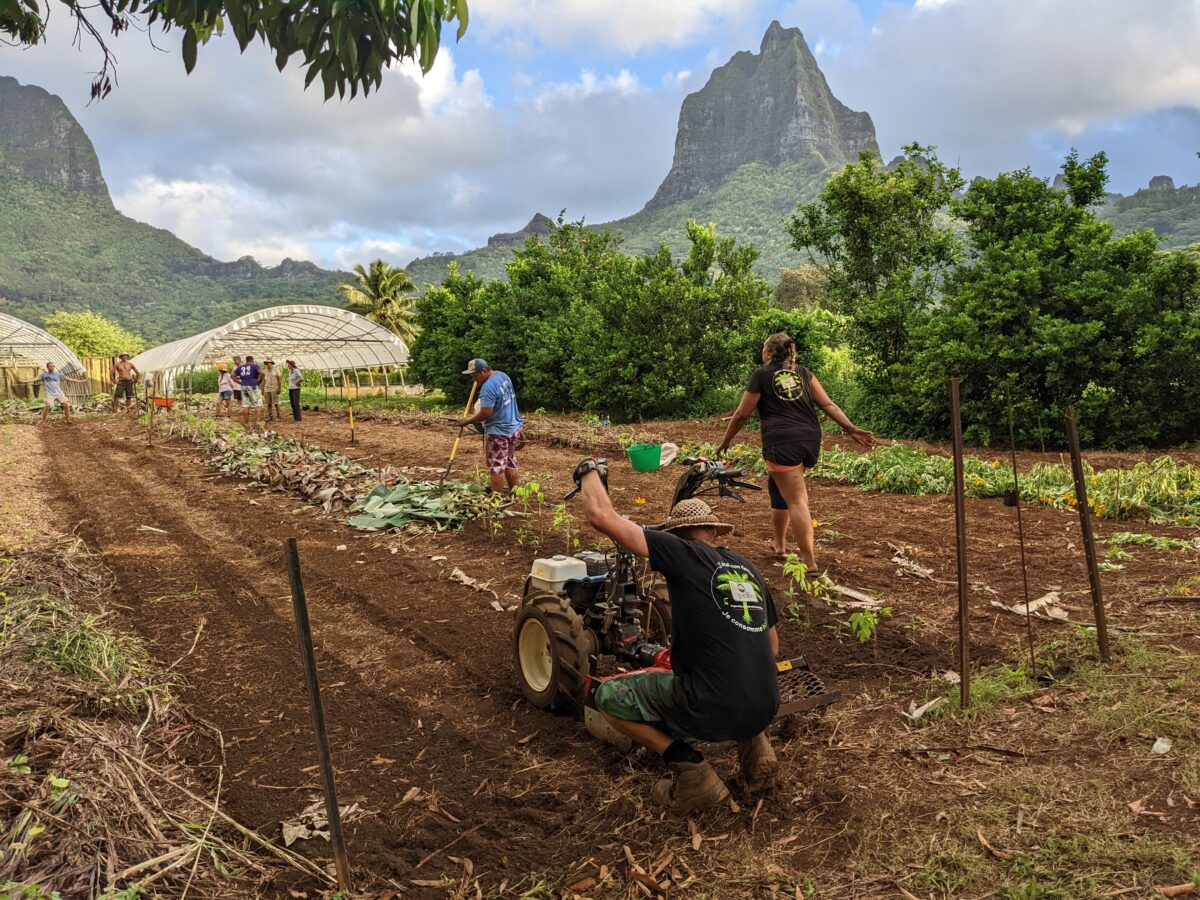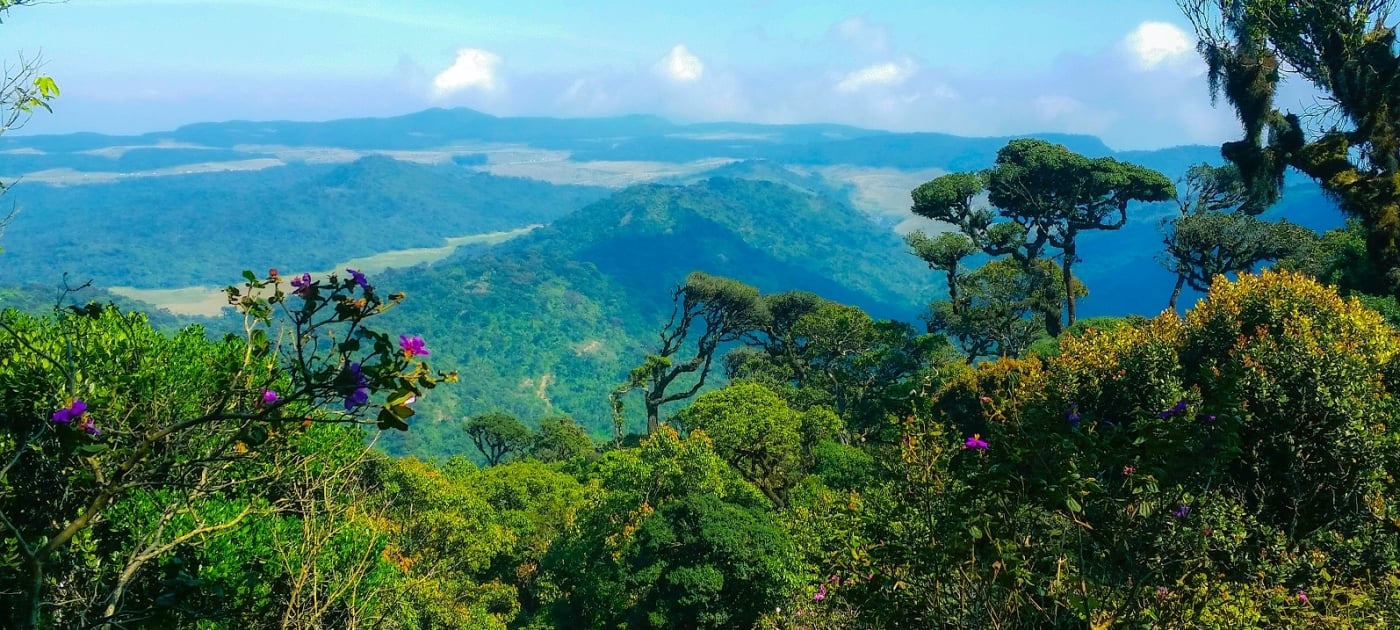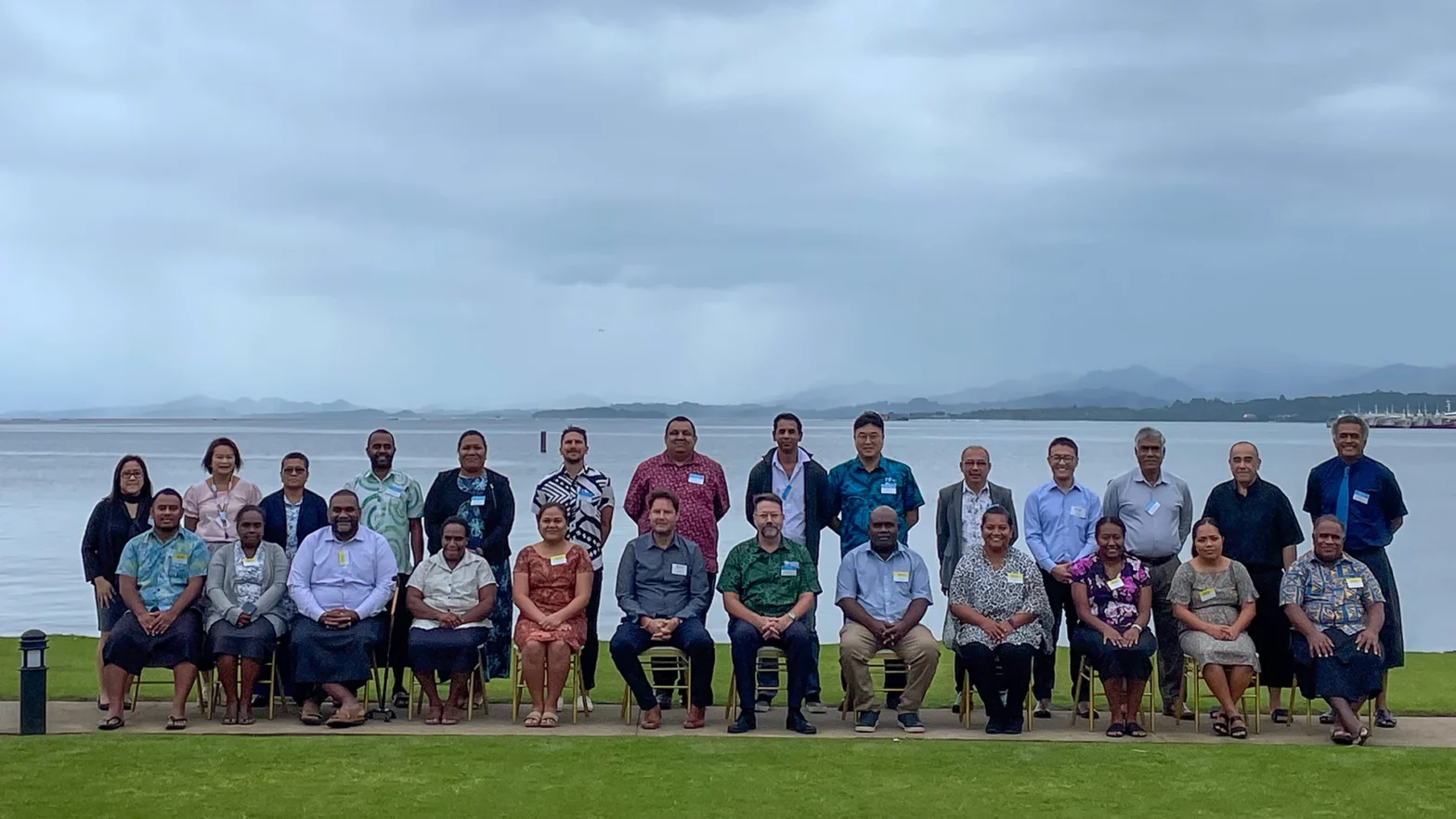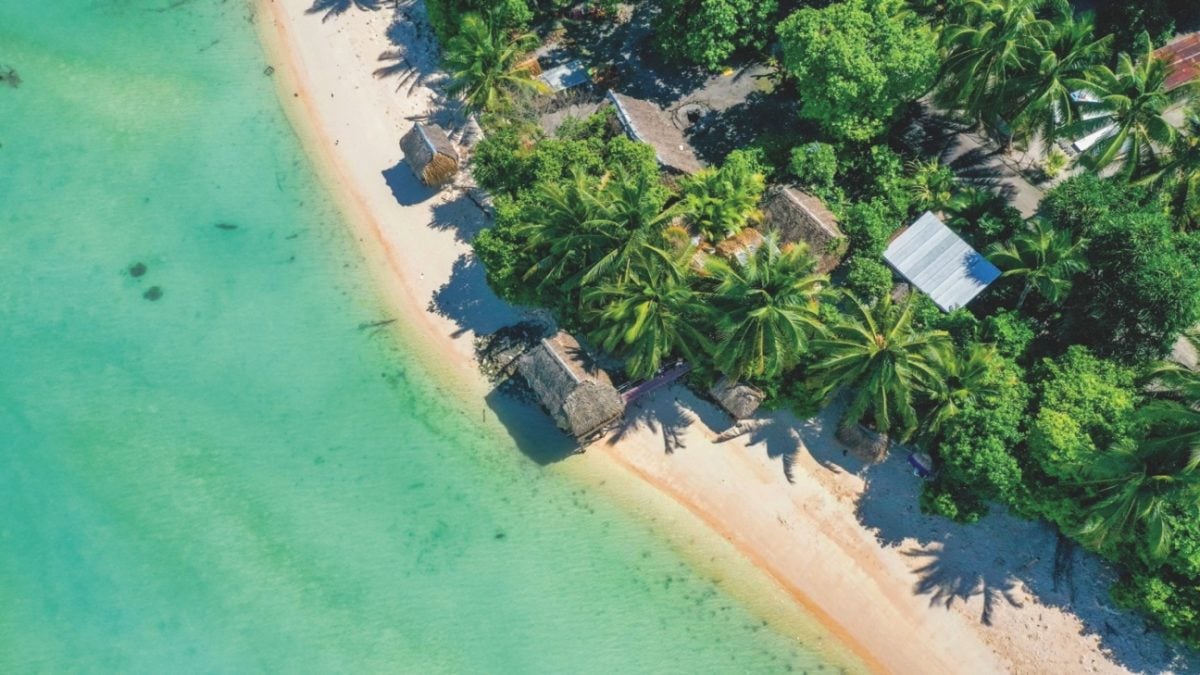Over the past few decades, food production in the Pacific Islands has been considerably affected by climate change. Rising average temperatures, changes in rainfall and sea-level rise are major challenges for Pacific Island countries and territories (PICTs).
The El Niño Southern Oscillation has caused droughts leading to increased sweet potato failure in the Papua New Guinea highlands. Tropical Cyclone Pam also caused considerable damage in 2015 to Vanuatu’s agricultural sector to the tune of EUR 2.5 billion, i.e. the equivalent of nearly two thirds of the country’s GDP.
In addition, the region’s many atolls have scarce water and soil, making it difficult to use traditional farming methods such as composting or soil reconstitution in sandy areas.
Given these challenges, vegetable production through aquaponics is considered an option for ensuring sustainable agriculture in vulnerable environments.
But what exactly is aquaponics?
It is an innovative system for using water simultaneously for different purposes, as the same resource can be fed to two components, e.g. fish in a tank and vegetables on seeding tables. The term is a combination of two words: aquaculture (breeding fish in a pond) and hydroponics (growing plants above ground).
An innovative solution tailored to the local context
In French Polynesia’s Tuamotu Islands, the Marine Resources Department (DRM) in partnership with the Pacific Community (SPC) has developed an aquaponics kit suitable for the French Polynesian specificities. Alongside PROTEGE, DRM is committed to preserving natural resources.
French Polynesian aquaponics has so far been based on introduced fish species (tilapia or sunfish), which can disrupt the environment if released (Oreochromis mossambicus tilapia is among 100 species listed by the International Union for the Conservation of Nature (IUCN) as the most invasive.
DRM, therefore, trialled an aquaponics kit based on milkfish pati (Chanos chanos), an indigenous species known to Tuamotuans. The aim is to develop a family kit based on small-scale production providing families with a daily intake of 200 g of vegetables per person.
A virtuous and sustainable system
By using the power of nature, aquaponics offers a unique solution to some of the most pressing challenges facing farmers in the region. One of the main advantages of aquaponics, as highlighted by the United Nations Food and Agriculture Organisation (FAO), is that it is highly effective in terms of water use.
Compared to intensive agriculture, aquaponics consumes 90% less water. This is an ideal option for farmers on atolls and in drought-prone areas in the region.
Aquaponics is also an asset when it comes to protecting the environment, as all waste is reused. Fish waste is turned into nitrates, which are essential nutrients for plants, and then absorbed by plant roots. The plants also purify water by eliminating harmful substances and creating a clean and healthy environment for fish.
Aquaponics, therefore, provides many opportunities for the farming sector, highlighting the potential for producing food that is both eco-friendly and commercially viable. By using the natural processes of the water and nutrient cycles, it offers future solutions for agriculture to provide food security.
Aquaponics, therefore, provides many opportunities for the farming sector, highlighting the potential for producing food that is both eco-friendly and commercially viable. By using the natural processes of the water and nutrient cycles, it offers future solutions for agriculture to provide food security.
This story was originally published at SPC on 11 September 2023, reposted via PACNEWS.




